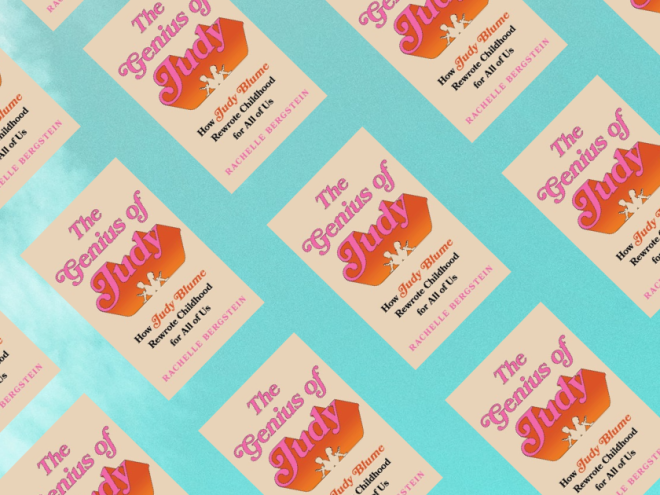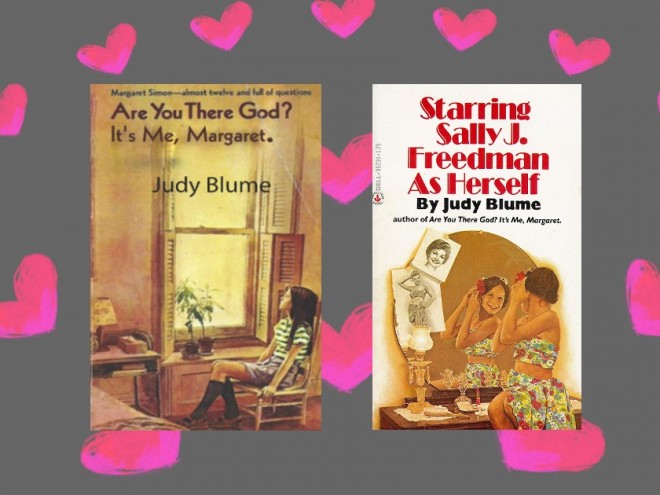It may seem to some readers that acclaimed author Judy Blume is finally having her moment. But, as Rachelle Bergstein explains in The Genius of Judy: How Judy Blume Rewrote Childhood for All of Us, that moment has been continuous. Blume’s novels for both children and adults have captured essential themes of second-wave feminism. As Bergstein writes in the preface, “Writing cutting-edge books for kids, Judy Blume became the Second Wave’s secret weapon.” Focusing on subjects like menstruation, motherhood, divorce, and sex, Bergstein argues that Blume was one of the first authors for children and young adults to strip away hypocrisy and create characters who told the truth. She also explores a corollary of Blume’s career — censorship — and her courageous stand against book banning in any form. Once Blume committed herself to writing, the gatekeepers of children’s books could not contain her.
Blume’s childhood in New Jersey during and after World War II became the source material for some of her books. Unlike Margaret Simon of Are You There God? It’s Me, Margaret (1970), Blume was born to two Jewish parents. Yet like her heroine, she suffered from anxiety and reached out to God for answers. The social lives of the adolescent girls immortalized in the novel were also part of her own coming of age. In her more autobiographical book, Starring Sally J. Freedman as Herself (1977), Blume incorporated her family relationships and fears, as well as the Jewish milieu in which she was raised.
Bergstein contextualizes the revolutionary character of these books by comparing them to earlier, sanitized fiction for girls, in which first menstrual periods, family tensions, and sexual attraction to boys did not exist. When books for older teens did include sexual relationships, disastrous consequences were the result. One of Blume’s most reviled — but also most popular — novels, Forever (1975), stars a teenage girl whose sense of independence survives her first romance. She finds sex and love fulfilling, but is also able to move on as her needs change.
Knowing about second-wave feminism is key to understanding both Blume’s motivation and the obstacles she faced. She married young and enjoyed the benefits of economic privilege — yet, exactly as Betty Friedan outlined in The Feminine Mystique, Blume was intensely frustrated. Bergstein is careful to not depict Blume as a victim; her free time was partly enabled by her husband’s success, which gave her opportunities denied to working-class women.
Blume’s talent, persistence, and ability to bounce back after setbacks ultimately bore fruit. However, even after she became an established author, criticism of her books was daunting, sometimes bordering on cruel. Not only was she vilified by conservative culture warriors, but the literary establishment was often harsh. Some attacks were tinged with sexism, such as the one by a British children’s book author who compared her prose style to a shopping list.
Blume redefined fiction for middle-grade and young adult readers, insisting that the whole range of their experience was appropriate material for books. In Bergstein’s telling, this accomplishment was nothing short of genius.
Emily Schneider writes about literature, feminism, and culture for Tablet, The Forward, The Horn Book, and other publications, and writes about children’s books on her blog. She has a Ph.D. in Romance Languages and Literatures.





